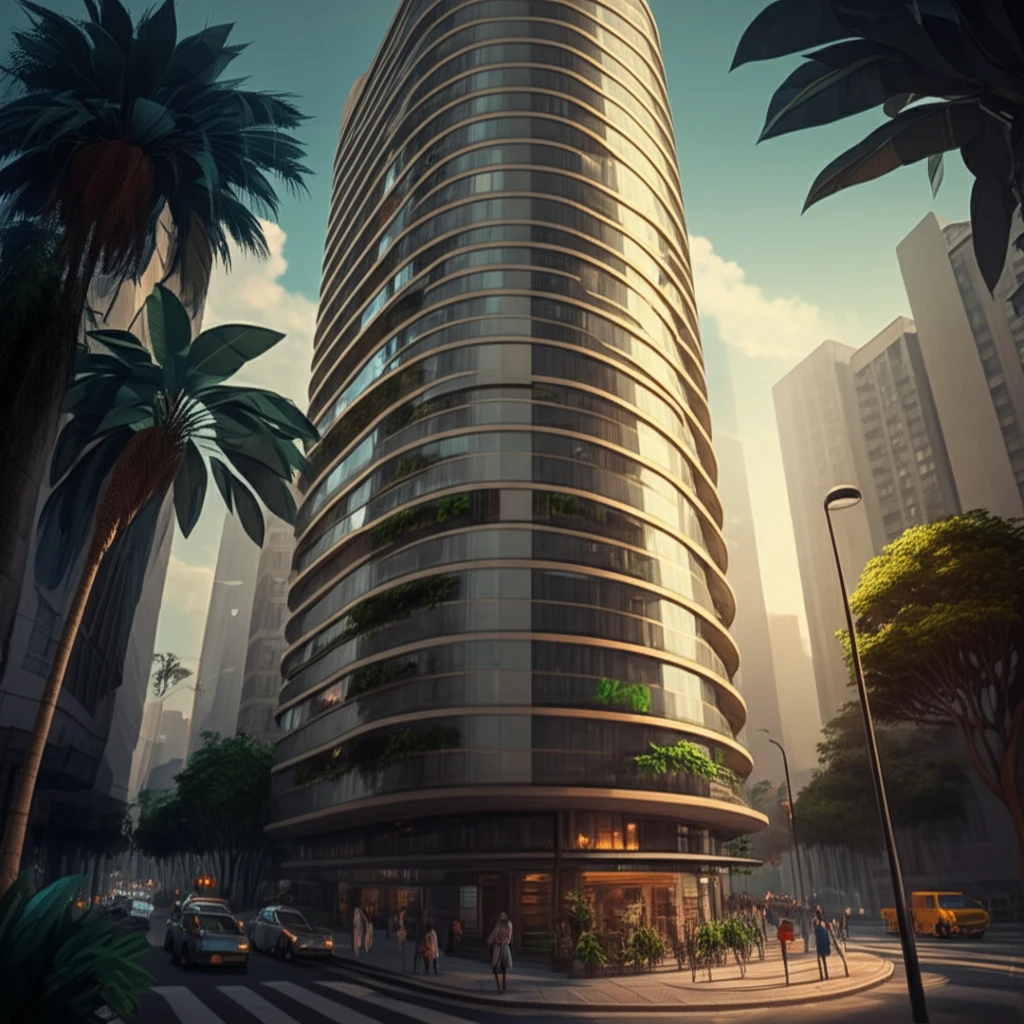
Can Retro Architecture Teach Us How to Cool Our Cities?
"Exploring the eco-friendly designs of Brazil's Copan Building and what they mean for future housing."
In an era increasingly defined by climate concerns and urban density, the architectural community is looking back to the past for inspiration. The Brazilian Modernist movement, which flourished between 1930 and 1964, offers a treasure trove of eco-friendly design strategies perfectly suited for today’s challenges. These designs prioritized natural ventilation, solar orientation, and efficient use of materials, creating buildings that were not only aesthetically pleasing but also remarkably sustainable.
One standout example of this approach is the COPAN building in São Paulo. Designed in the 1950s by the legendary Oscar Niemeyer, this massive residential structure exemplifies how thoughtful architectural design can significantly improve urban living. With its iconic curvilinear shape and innovative use of concrete brise-soleils, the COPAN building offers valuable insights into creating comfortable, energy-efficient urban spaces.
Recent research has delved into the thermal performance of the COPAN building, combining fieldwork, occupant interviews, and advanced computer simulations. The findings reveal that the building's design effectively regulates temperature and maintains comfortable living conditions, proving the enduring relevance of bioclimatic principles in modern architecture.
Decoding the COPAN Building: A Masterclass in Bioclimatic Design

The COPAN building, completed in 1966, is a residential giant, housing around 5,000 residents in 1,160 apartments. Its design addresses the challenges of high-density urban living by prioritizing natural ventilation and solar protection. The building's orientation, materials, and facade elements work together to create a comfortable indoor environment while minimizing energy consumption.
- Curvilinear Shape: The building's distinctive 'S' shape maximizes exposure to prevailing winds, promoting natural ventilation throughout the structure.
- Concrete Brise-Soleils: Horizontal concrete overhangs shade the north and northwest facades, blocking direct sunlight and reducing heat gain.
- Single-Glazed Curtain Wall: The south and southeast orientations feature a glazed curtain wall that captures solar heat in the winter while allowing ample daylight.
- Thermal Mass: The building's concrete structure provides significant thermal mass, absorbing and releasing heat to moderate temperature fluctuations.
Lessons from the Past, Blueprints for the Future
The COPAN building's success highlights the enduring value of bioclimatic design principles. By understanding and applying these strategies, architects and urban planners can create more sustainable and comfortable cities for the future. As we face the challenges of climate change and increasing urbanization, the lessons from Brazil's modernist movement offer a roadmap for building a more resilient and eco-friendly world.
